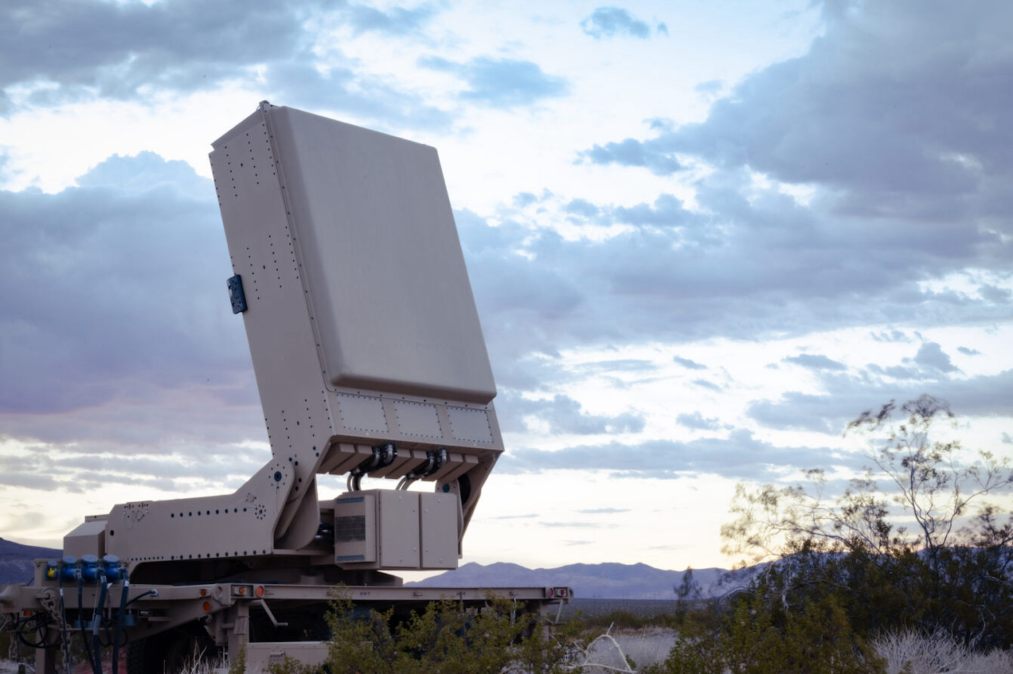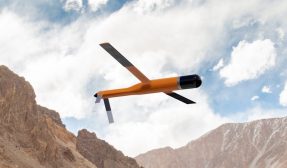Navy to test Epirus high-power microwave’s ability to zap maritime drones

Directed energy weapon manufacturer Epirus is already providing the Army with high-power microwave capabilities designed to fry the electronics of unmanned aerial systems. Now, the Navy is getting ready to see how well the company’s technology fares in zapping uncrewed surface vessels.
The contractor’s long-pulse tools will be tested this summer during Advanced Naval Technology Exercise-Coastal Trident, the company announced Thursday.
The event, known as ANTX-CT24, “will include field experiments to investigate the ability of the company’s long-pulse High-Power Microwave (HPM) technology to temporarily disable small vessels powered by outboard motors,” Epirus said in a release. “The activities, planned and conducted by Naval Surface Warfare Center Port Hueneme’s Office of Technology, will examine the capability of a low-cost, effective and non-lethal option to address the growing threat from seaborne drones.”
U.S. forces in the Red Sea have been combatting unmanned surface vessels as well as attack drones launched by the Houthis from Yemen. Nation-states have also demonstrated their ability to use USVs effectively, including Ukraine’s employment of robo-boats against Russian forces.
ANTX demonstrations led by the Navy’s research-and-development community provide testbeds that allow end users to assess the utility of industry’s innovations and inform investment and acquisition priorities. The Coastal Trident iteration is conducted annually to examine the capabilities of port and maritime security organizations to counter “asymmetric threats” to maritime forces, marine transportation, and critical port and maritime infrastructure, according to a program description.
Technology focus areas for ANTX-CT24 include unmanned systems applications and countermeasures; critical infrastructure security, threat mitigation and incident response; port and maritime domain awareness, data fusion and decision support; augmented and virtual reality modeling, simulation and digital engineering; and in-service engineering, maintenance and sustainment of surface fleet and expeditionary combat systems.
“In addition to testing the [HPM] technology’s ability to temporarily disable outboard motors and small vessels, the exercise will … test its effectiveness when deployed on uncrewed autonomous vessels,” Epirus noted in a release.
The execution phase for ANTX-CT24 is slated for June-September and will involve land-based, waterside and offshore facilities throughout Southern California.
“We have conducted several HPM experiments in the past, as a method to counter electronic systems and unmanned aircraft swarms, and expect that an assessment of Epirus’ HPM system in a counter-surface vessel role will support the program’s goals effectively,” Brendan Applegate, fleet experimentation and exercise lead at NSWC Port Hueneme, said in a statement.
Last month, Epirus completed delivery of four prototype systems to the Army to support the service’s Indirect Fire Protection Capability-High-Power Microwave initiative. The prototypes are derived from the contractor’s Leonidas system, which is equipped with solid-state Gallium Nitride (GaN) power amplifiers. Artificial intelligence-enabled GaN semiconductors enable high levels of power density without special cooling tech, according to the company.
“We welcome this opportunity [at ANTX-CT24] to demonstrate the effectiveness of long-pulse HPM technology in another threat environment. Epirus can defend against a wide range of threats across domains,” CEO Andy Lowery said in a statement. “Our expanded collaboration with the Department of Defense also underscores the growing recognition of the benefits of working with innovative tech companies outside of the traditional defense ecosystem.”
Directed energy weapons, such as high-power microwaves and high-energy lasers, are relatively inexpensive per shot compared to traditional munitions and possess nearly unlimited magazines. HPMs are considered particularly advantageous for defeating drone swarms.
Navy leaders have expressed frustration that the service hasn’t fielded more DE systems, and Secretary Carlos Del Toro suggested earlier this year that he’s looking to boost investments in these types of technologies.
For fiscal 2025, the service is requesting about $14 million for research, development, test and evaluation for its Meteor program, which is geared toward improving air-and-missile defenses. It’s planning to invest another $10 million in related RDT&E efforts in fiscal 2026.
The objective of the initiative, which will build on previous work done under a different program name, is to demonstrate “tactically significant, non-kinetic” HPM payload integration onto Naval platforms to “defeat, track, engage and assess operational threats while assessing integrated sensors and weapon control options,” according to budget justification documents.
The development effort “will provide capability with low cost per-shot, deep magazine, tactically significant range, short time engagement for multi-target approach, dual deception and defeat capability,” per the justification books.
A stated goal is to deliver a shipboard weapon prototype for integration in fiscal 2026 as well as a test bed for continued technology maturation and evaluation.
The Department of the Navy is also requesting about $6 million in fiscal 2025 for a Marine Corps Landing Force Tech program element that includes plans to complete research to provide a solid-state HPM capability in a form factor that will enable Marines to conduct expeditionary advanced base operations to defeat drone swarms and other unmanned systems in littoral regions, according to budget justification documents.






